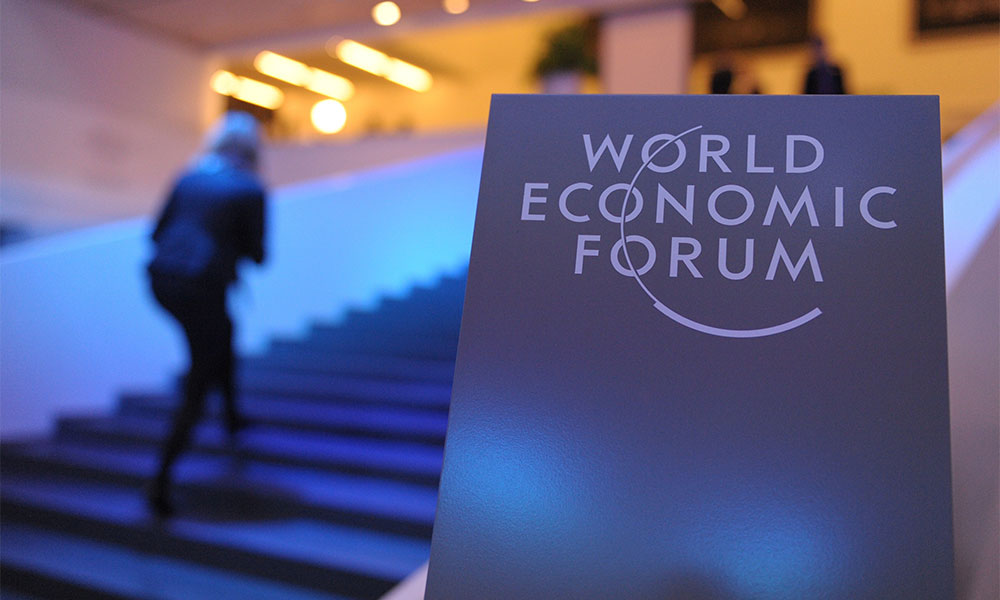LETTER | On June 11, three company directors were being held by the Malaysian Anti-Corruption Commission (MACC) under suspicion of involvement in a Tourism Malaysia contract worth over RM99 million.
The contract involved a China-based firm to promote Malaysia via a digital advertising campaign. Prior to this, the company's former chairman and chief executive officer were also detained by the commission.
The contract was said to have been approved in just one day and did not adhere to Tourism Malaysia's procurement regulations.
This, along with the growing number of corruption cases we read, makes us wonder when will it all end?
Most of us would regard the public sector as the most corrupt sector in our country. But the fact is, it takes two to tango where the private business sector, who pays, holds the power to corrupt public officials, who get paid.
Private sector officials also pay bribes to their counterparts from other private sector companies to get their work done. In fact, the private sector is not just a victim of corruption but also the perpetrator of corrupt practices.
Collusion between internal and external parties are rampant in fraud and corruption cases. This seems to be the modus operandi of the fraudsters and white-collar criminals because corruption is a win and win situation where both parties to the crime get the benefit or advantage. It is rare in practice for the givers to lodge a report to the authorities.
The Global Infrastructure Anti-Corruption Centre revealed that corruption, in relation to private sector projects, takes a similar form to corruption in the public sector, but the cost of corruption for the former is not directly borne by public funds.
It nevertheless can have widespread, adverse effects and serious consequences on the cost and quality of the private sector work.
Growing fraud and corruption affecting trust and costs
The World Economic Forum confirmed that corruption adds up to 10 percent to the total cost of doing business globally while PricewaterhouseCoopers Global Economic Crime and Fraud Survey 2020 (PwCs 2020) states that US$42billion (RM179 billion) was the total fraud losses reported by respondents.

Based on KPMG’s 2013 Fraud, Bribery and Corruption Survey, 90 percent of the respondents agreed that bribery and corruption were the biggest problems for businesses in Malaysia.
According to PwC’s 2020 survey, the number of economic crime experienced by respondents has risen to 43 percent, compared to 41 percent in 2018.
In one press conference, the MACC expressed concern of the bribery and corruption among businesses and considered it as "an alarming issue". The commission needs to ensure that corrupt practices are kept at bay and effectively addressed in the private sector too.
Moreover, PwC’s 2020 states that fraud in Malaysian organisations remains at worrying levels, with the threat of climbing costs and fighting fraud being a never-ending battle. Corruption is affecting businesses in more diverse ways than ever before.
Trust continues to be fragile as organisations in this part of the world continue to grapple with bribery and corruption, asset misappropriation, and cybercrime among other disruptive frauds.
Procurement fraud is seen as high in the private sector which involves billions of ringgit for each procurement. White elephant purchases are common especially in the purchase of medical devices as well as in the construction, telecommunications, education, and defence sectors.
Corruption in the private sector is a familiar feature in the community and has been the focus of the MACC and other institutional reforms. The types of corrupt behavior that occur entirely within the private sector include, among others, bid-rigging, corporate fraud, and bribes to secure private contracts. These have recently been more widely investigated and its perpetrators charged.

More evidence is emerging to support the view that the level of private sector corruption is on the rise. MACC director of investigation division, Norazlan Mohd Razali (photo) foresaw that there will be more reports on corruption in commercial organisations falling under Section 17A of the MACC Act 2009.
The penalty for corporate liability under Section 17A (2) for the corruption offence shall be a fine of not less than 10 times the value of the gratification in question or RM1 million, whichever is higher or imprisonment of not more than 20 years, or both.
This penalty is much higher compared to the existing financial penalty for a bribery offence which is a fine of not less than five times the value of the gratification in question or RM10,000, whichever is higher and no imprisonment.
Under Section 4 of the Anti-Money Laundering, Anti-Terrorism Financing and Proceeds of Unlawful Activities Act 2001 (AMLA), any person who commits a money laundering offence shall on conviction be liable to imprisonment for a term not exceeding 15 years and shall also be liable to a fine of not less than five times the sum or value of the proceeds of an unlawful activity or instrumentalities of an offence at the time the offence was committed or RM5 million, whichever is higher.

Even offences of criminal breach of trust (CBT) under Section 409 of the Penal Code carries a mandatory jail term of between two and 20 years, together with mandatory whipping and a fine upon conviction.
As for the penalty of cheating under Section 420 of the Penal Code, the offender shall be punished with imprisonment for a term which shall not be less than one year (mandatory) and not more than 10 years with whipping, and shall also be liable to a fine, if found guilty.
Judges must not soften their stance on rooting out corruption. Sentences imposed should not only punish the offender but should also be a lesson for others not to commit the offence. It will surely lead to the ruin of not only the bribe-taker but his or her entire family as well.
A heavier penalty imposed can become a greater deterrent against corruption if it is used along with longer imprisonment.
AKHBAR SATAR is president of the Malaysia Association of Certified Fraud Examiners.
The views expressed here are those of the author/contributor and do not necessarily represent the views of Malaysiakini.

